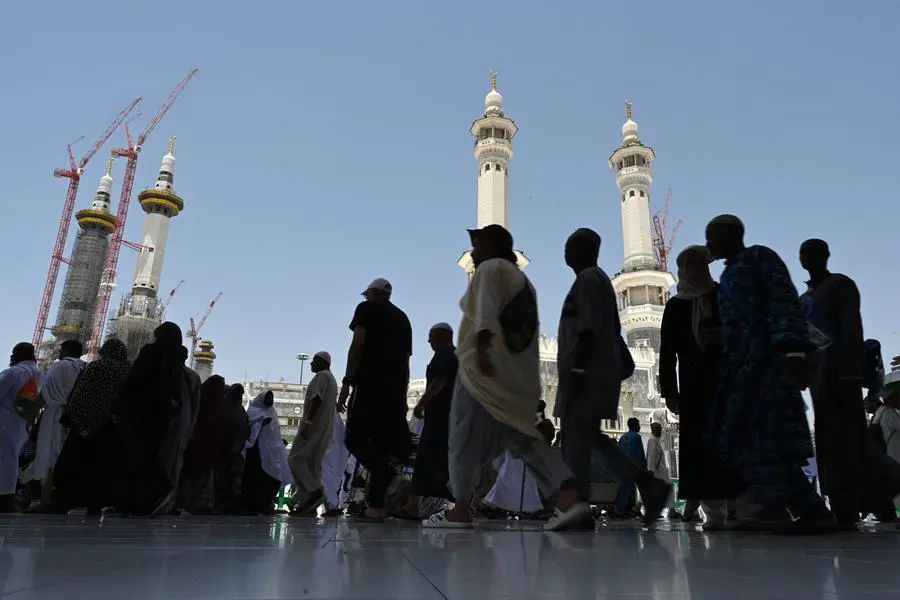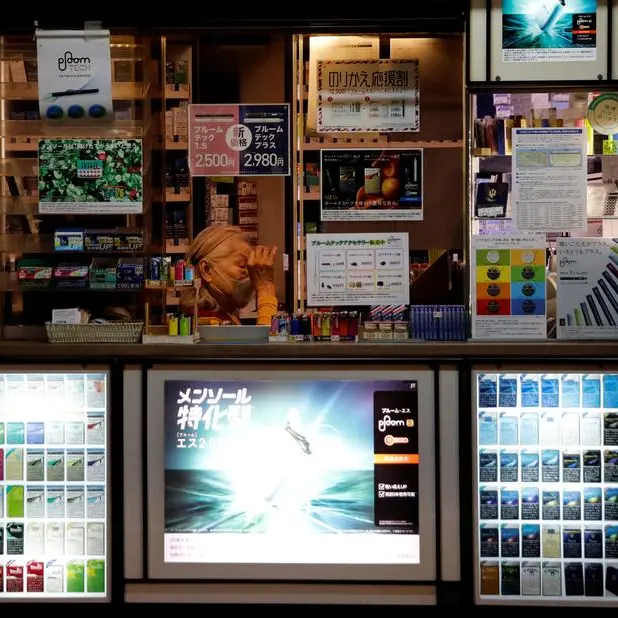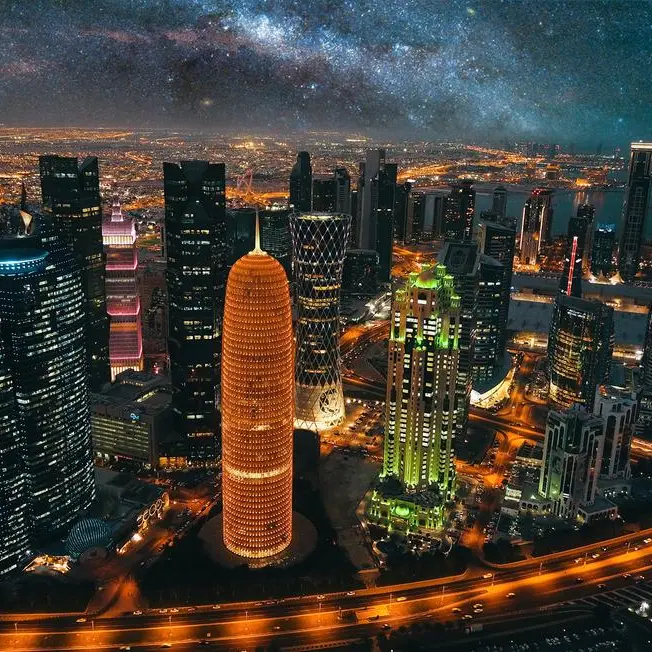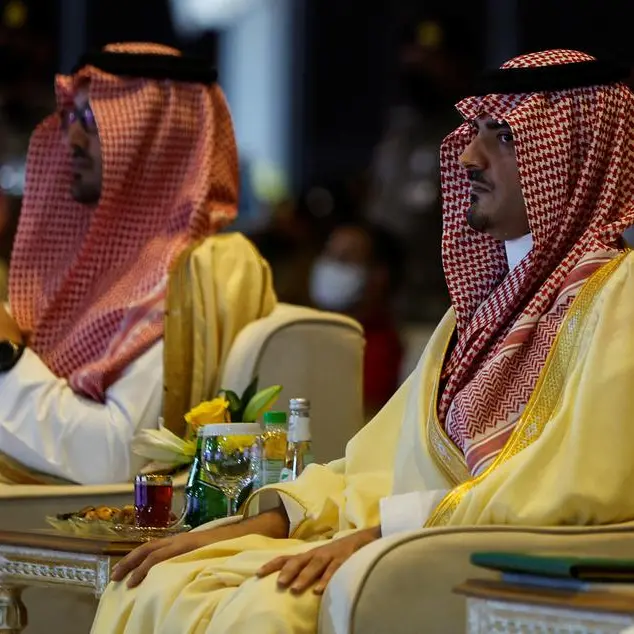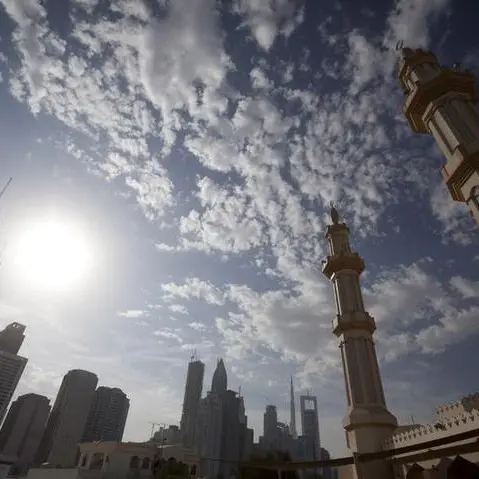PHOTO
RIYADH — The National Center for Environmental Compliance (NCEC) has announced that it achieved the objectives of its intensive campaign to ensure the environmental quality of sites that pilgrims pass through during Hajj 2023.
The sites also included places inhabited by pilgrims in Makkah, Madinah and the holy sites, in accordance with sustainable standards stipulated in the Environment Law and its executive regulations.
NCEC's CEO Eng. Ali Al-Ghamdi has confirmed the completion of the environmental monitoring plan for Hajj this year by conducting 1,350 field tours in carefully selected sites in the geographical scope of Makkah, Madinah, the holy sites and all the roads that lead there.
The results of these monitoring tours are reassuring as health indicators showed the safety of the environment from any pollutants in the air, water or soil, he said.
The NCEC's work in Hajj, which starts prior to the arrival of pilgrims, comes as an extension for the operations throughout the year to check on all establishments that were granted environmental licence and permits to ensure that it did not have any negative environmental impact.
Eng. Al-Ghamdi confirmed that the center is monitoring environmental compliance for all the activities which have an environmental impact in all the development fields.
The center was keen to publish daily indicators of air quality since the start of the Hajj season, coinciding with the pilgrims' movements between the holy sites, Eng. Al-Ghamdi noted, adding that the measuring process for air quality was done through 18 stations.
The measuring was also conducted by dozens of environmental specialists who carried mobile devices to monitor quality standards. They sent data compatible with the environmental standards and regulations to a central monitoring network, which analyzed air pollutants every 5 minutes according to the approved international norms for measuring air quality, Al-Ghamdi said.
He added that samples were continuously taken from soil, torrential streams and wells surrounding Makkah and Madinah. "The sampling and analysis will continue even after the end of the Hajj season," Eng. Al-Ghamdi confirmed.
He said that all environmental violations monitored before the Hajj season were dealt with by rehabilitating degraded sites. The inspectors forced violators to correct the damage caused by them, he added.
NCEC's mandate includes prevention of any activity that directly or indirectly impacts the environment such as polluting water, soil and air by negatively affecting their natural properties.
With the aim of making the pilgrims feel comfortable while performing their rituals, the NCEC worked for the first time in this year's Hajj season to measure the noise level in the holy sites, and control and reduce it in the holy sites by reporting its sources to the concerned authorities.
Eng. Al-Ghamdi pointed out that the center has also succeeded in one of its main tasks for Hajj 2023, which is related to environmental guidance, as it provided awareness messages in 8 languages — Arabic, English, Chinese, French, Russian, Persian, Spanish and Urdu.
The pilgrims were able to access the awareness messages related to environmental guidance through a barcode that was printed on umbrellas, which were distributed to them in Makkah, Madinah and the holy sites.
Eng. Al-Ghamdi said the center continued to provide awareness guidelines for employees of government agencies. It built performance indicators for 18 agencies, taking into account the need for improving the level of performance for all workers in Hajj in the upcoming seasons, he added.
© Copyright 2022 The Saudi Gazette. All Rights Reserved. Provided by SyndiGate Media Inc. (Syndigate.info).
